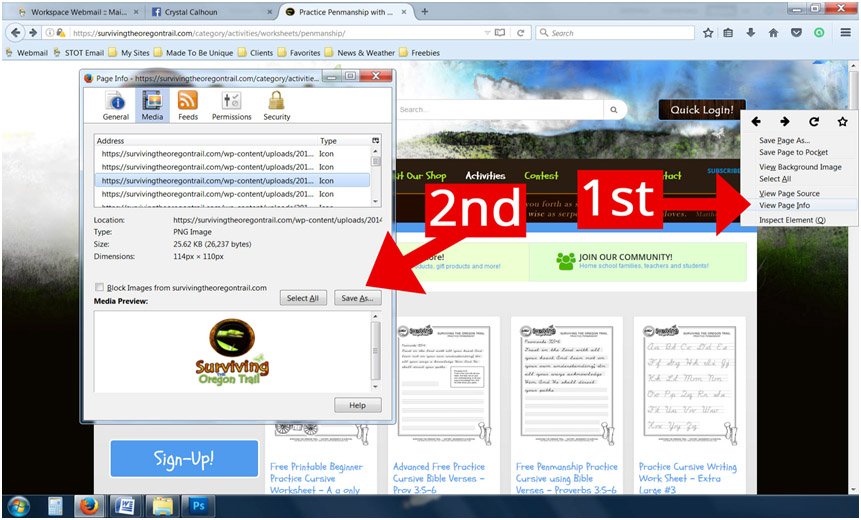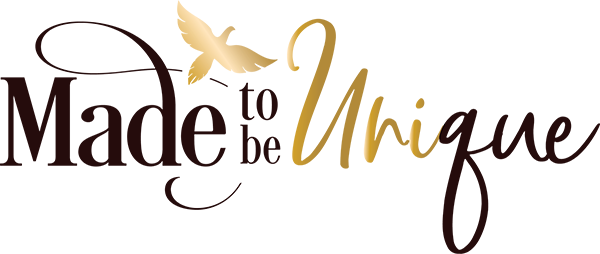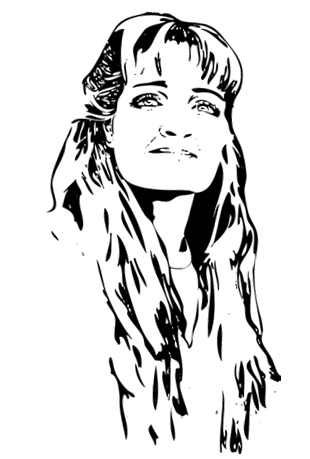Image theft, it’s easier than you think… I’ll show you how.
To begin, I used to dominate Google and Yahoo search engines in my particular niche of ebay store designs many years ago. Something happened in my life as a designer and as a Believer that shook me up and nearly destroyed my very successful online business. It was the Father challenging my integrity and my very walk with Him. He was drawing me closer to Him even in my profession as a designer. To be true to Him in ALL that I do. WWJD was a very ongoing thought and reminder to me to have Him there beside me, guiding me in design, in marketing, in integrity and purity of thought before Him.
What changed your life Crystal that nearly destroyed your business? It was 2 simple Bible verses.. One that challenged me to take down a HUGE portion of my project portfolio web pages. They were no doubt beautiful store designs and not commonly thought of as inappropriate but they used sensual stock photo models and this conflicted with my growing convictions to walk with God in all that I do. To ask myself if the design I created made Him happy or not became a growing concern. However, by taking my portfolio images out I was also losing my foothold in the search engines first page ranking and my power of influence. I was basically ready to “hang my hat” in web design and digital art services.
What verses changed your life and nearly destroyed your business?
These be they who separate themselves, sensual, having not the Spirit. Jude 1:19
Cast me not away from thy presence; and take not thy Holy Spirit from me. Psalm 51:11
Why did those verses have such a strong effect on me? Well think about it. Would you want the Holy Spirit to leave you because you use sensual images in your designs? In the world of fashion and design it is highly desirable to use beautiful, sensual models to advertise a feeling, emotion, product and idea… A question that hung heavy over my mind was this: Does using sensual models separate you from the presence of the Father and His Holy Spirit? It became a concern I was no longer willing to risk.
Image theft
As you may know, a good website or ebay store design requires the use of good images. You cannot have a good design if you do not have good images. Sorry, it’s not going to happen. So in my earlier years as an ebay store designer I would ask my clients to provide me the images they would like me to use in their project. Some of my clients would ask me to find the product images by searching Google images. Something didn’t feel right about this, but I was new to the “game” and didn’t know the rules. So hesitantly I would find a few products images here and there from well known brands who were obviously eager to sell more of their products. I included them in my new “professional ebay store design”, feeling awkward and unsure. That didn’t last long. I really hate feeling awkward and I do not like the idea that I might be taking something that doesn’t belong to me, even if others say it’s okay. That includes product images found in a Google image search. The most professional, respectable and legally safe arrangement is when the client gets the images directly from their supplier, a professional stock site or their own camera and then passes them on to me, the designer.
What’s wrong with using images found in the search engine results? Nothing’s wrong with using these images IF you have permission from the owner to use them. Are you seeking permission to use those images by the owner or creator of those images? Have you found them in the public domain or did you visit the web page to see if they are giving their permission for you to use them freely? Are they free for commercial use? Many free images are only for personal use and not commercial use. We’ll discuss this more in another lesson regarding the wonderful world of public domain images.
An aggravating experience:
A client of many years who also became a dear friend of mine emailed me one day. Surprised, she asked if I was letting another designer use MY portfolio images in their own projects, selling their own ebay store design services. I said, “WHAT?” and “do you mean to tell me that someone is using my portfolio images as though they were their own?!” She told me how she was looking through a well known site called fiverr.com where artists and entrepreneurs offer their services for hire and there was a “designer” there offering to do ebay store designs while using MY images as though the store designs in the image was work he had accomplished himself.
 (the image above was the image he copied/stole from my website, claiming it was his own work)
(the image above was the image he copied/stole from my website, claiming it was his own work)
Ask me how that made me feel? Slightly upset? You bet! These were store designs I had worked on over many weeks… blood, tears, sweet pouring down my face as I struggled to birth these design babies to life… okay, that’s a little over board but really, as a designer one can get attached to their designs as well protective of their clients and the projects they worked on, sort of like a mother over her designer child. And I was rather attached to my portfolio projects and the clients who hired me to produce them.
 This was a serious case of image theft. And all he had to do was a Google image search for “ebay store design” and there my really cool project portfolio image appeared.. He copied it, posted it as though it were his own and tried to make a profit from my hard work. It was amazing that my friend stumbled on his advertisement, don’t you think?
This was a serious case of image theft. And all he had to do was a Google image search for “ebay store design” and there my really cool project portfolio image appeared.. He copied it, posted it as though it were his own and tried to make a profit from my hard work. It was amazing that my friend stumbled on his advertisement, don’t you think?
Needless to say I reported him and the project was taken down.
So.. Is this lesson only about finding images in Google image search, or is there more to image theft? Oh believe me, there’s more. Let’s review the different ways your images can be stolen. This is not to make you paranoid to such an extent that you do not want to be a designer, nor is it to scare you into putting a watermark on everything you put out there. Watermarks are so ugly in my opinion and only very rarely recommended. However this information is to challenge you to be aware of the vulnerabilities and to use this information for your good and your clients good!
Google image search (and other search engines)
So, now you know people steal images from Google image search (or any search engine search result for that matter). I believe a lot of people steal without really knowing they are stealing because they do not think to question if it’s right or wrong. Many people will feel awkward about it like I did in the beginning but will dismiss the awkward feeling simply because “others are doing it” so it must be socially acceptable. But what does the Father say about taking something that doesn’t belong to you, and that you do not have permission to use?
“Ye shall not steal, neither deal falsely…” Leviticus 19:11
The more personal time and money you invest into becoming a designer, artist or even a photographer the more you will see the harm in image theft. It will sting you personally when you find your images on someone else’s website who didn’t have proper permission to use it (as though it were theirs).
Copying images from the internet
#1. Saving single image files one at a time
Really, all one has to do is find what they like in the search engine image results like Google Images, open up the larger image, right click with their mouse, select save, and save the image directly to their computer. UGH… It’s just that easy! Sure this can be frustrating for digital artists but you can use this vulnerability to your advantage in future marketing projects! This is relating to Search Engine Optimization using images. So there is a positive side to this lack of control. But sorry, that good news and guide will be posted in my marketing course yet to come. You’re welcome to subscribe to my newsletter if getting notification of the courses interests you!
Another super easy avenue how thieves steal precious project images is if you post your image directly to your website, blog or even in the social networks. Again, all they have to do is open the image, right click, and save it to their computer. Sorry, I’m not sure how different the directions are for MAC users.
Some of my clients have asked me to drop in some coding into their website that doesn’t allow a person to open the image, to hover over it with their mouse and save to their computer. While this will slow a newbie image thief down it does nothing to someone that knows the other simple steps to capturing images. So the code is essentially a wasted effort, in my opinion.
#2. Capturing a screenshot
Capturing a screenshot of what one sees on their monitor is another doable option, but much less desirable for image thieves. However, it is a very useful skill to have, particularly as a designer or website owner wanting to share what they see on their screen with someone else that may happen to see something different. This simple saving of the screen shot is most likely the reason why you see professional stock sites such as istockphoto.com with big ugly watermarks over their images. So while it’s understandable for them to use watermarks on their images in a stock site I still don’t typically recommend watermarks for most websites out there… again, they’re very ugly, distracting and can make things look very unprofessional.
So this skill is very useful when it comes to sharing your screen with clients, co-workers and partners you work with. Mainly because different monitors show different results so there are many times this skill comes in handy when I am working with my clients. Also this is helpful knowledge if they are trying to point out something to me that I cannot see or understand from what they are saying. If they can send me a screenshot of what they see, and then highlight the area then I’ll know what needs to be looked at, saving everyone a lot of precious time. So you may consider sharing this guide with them.
Basic Screen Capture
Advanced Screen Capture for Marketing: Part 1
Here is a more advanced level of screen capture. It includes capturing a long web page, resizing, pasting pieces together so you have a long image of a whole web page. This can be used for multiple marketing purposes, especially for social media marketing (SMM) on Pinterest.
Advanced Screen Capture for Marketing: Part 2
Written instructions
These are the written steps to get a computer screen shot. It will be good for you to practice this!
- Click the Print Screen / SysRq Button found on your keyboard (see example above).
- Open an image editor, such as a Paint program found in most computers under “All Programs”, then Accessories, then Paint. Or you can use Photoshop.
- If you use your paint program simply open and click the “Paste” option on the top tab. And Wa’la you have a screen shot of what your monitor showed. With Photoshop you would click “New” then “Ok”. Then click “Paste” into the empty box. Or Control V and the monitor picture will show up as well.
- After you have your monitor image save it to your computer and share it with whomever. But be careful who you share your frozen screen shot with. You may accidentally share a screen shot of information or pictures you really don’t intend to share with other people.
Another useful tool that many computers have is called the: Snipping Tool. I have this under my “All Programs”, Accessories and then Snipping Tool. It’s super easy to use and you can select your favorite part of the screen instead of capturing all of it. If you have this tool you should give it a try!
#3. Saving many images
The following steps will show you how to save many images instantly from an entire website page. The next way a person can capture and save images to their computer from another person’s website is by using a tool found in Firefox. Let’s give this a try… You have my permission to save the images found on this website page that I personally designed and own: https://survivingtheoregontrail.com/category/activities/worksheets/penmanship/
To get the images you would right click with your mouse on the web page, then click “View Page Info”. From there you select the desired image, or “Select All” and then save them to your computer using the “Save As” button.
As you can see the visitor now has every image available to them that is located on that specific web page. This makes for a very quick grab of MANY images all at the same time.
See my illustration below for an example.

Now why would I show you all these steps and have you practice them out? Am I teaching you how to be an image thief? Of course not! Honestly this skill is useful when you DO have permission just as I have given you permission to access the images on my particular web page. It makes collecting many images really easy and fast for a professional designer on a specific mission. So while image thieves know this trick and use it for evil there are professionals that use this skill with the right intentions and with the right permissions and use it for good. I am simply teaching you the skill and praying you use this knowledge gracefully, pleasing to the Father and respectful to the image owners.
If you’re the image owner then this is a handy skill to help you retrieve images from your website or if you need to find out what the image size is for various reasons such as creating more posts or banner ads using identical dimensions.
#4 Accessing ALL images from an ENTIRE website
I’m not going to walk you through the specifics at this time, but I will say that a person that is very observant to websites, coding and their urls (website addresses) can possibly find the very mother file of ALL of your images on all of your website pages and basically download your whole library of images for personal use!
There are ways to lock thieves out of this 4th option.. But most businesses I believe are unaware of this vulnerability and thus leave their files available unknowingly. Others simply do not care, they have other things to worry about. I’ve sort of come to that conclusion myself for the most part. I know how easy it is for someone to come and steal my images so I do what I can, I add the desired website securities and rarely put my full size artwork projects online for them to steal. Smaller scale images are much harder for a thief to profit from personally. I will however load my large full size images on a high security storage site that has much greater security standards than that of my own website host. Outside of that I do not bother with trying to hunt thieves down. I know they’re out there… I get reminded of it every now and then by the sweet image vigilantes who take pride in watching out for each other. Also, I know there are ways to use image theft to my benefit (SEO and marketing strategies). Again, I’d be happy to show you how in my upcoming web designing and marketing courses.
As for now, I am particularly comforted knowing what comes around goes around and that what these thieves sow in life will eventually come back and bite them. So image thieves beware!
Be not deceived; God is not mocked:
for whatsoever a man soweth, that shall he also reap.
Galatians 6:7
To those of you who collect images with honesty, integrity and the owners permission, bless you, you are awesome and appreciated!


 Please
Please 